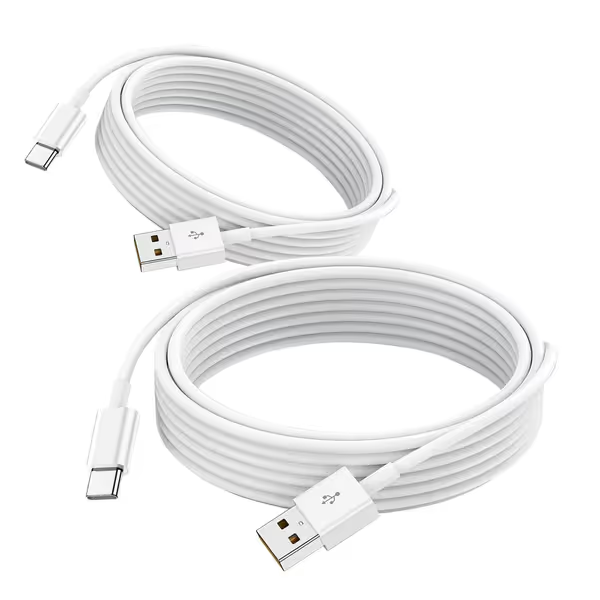
Best Immersion Oil: Clear 100x Images Tested Safely

If you've ever peered through your microscope at 100x magnification only to find frustratingly blurry images, you're not alone. As someone who's guided hundreds of beginners through their microscopy journey, I've seen that "best immersion oil" isn't just marketing hype, it's the missing piece that transforms muddy views into crystal-clear discovery. This practical microscope oil review cuts through the confusion to help you choose the right immersion fluid for your setup, ensuring those tiny wonders finally come into focus where they belong: on your eyes (or camera sensor), not in the realm of frustration.
Why Immersion Oil Matters More Than You Think
Let me share a quick story: During a community science event, I watched an enthusiastic 12-year-old struggle with their new microscope. They'd carefully prepared a slide of pond water but kept getting hazy, distorted images at high magnification. After checking their setup, I realized they were trying to use their 100x objective dry (a common mistake). When we switched to the proper immersion fluid, their eyes lit up as previously invisible diatoms suddenly snapped into view. That's when I reminded them: small wins today grow into tomorrow's confident discoveries.
Without immersion oil, light rays refract (bend) when passing between your glass slide and air, creating spherical aberration that scatters light and blurs fine details. Proper immersion oil fills this gap with a medium matching glass's refractive index (about 1.515), allowing light to travel straight into your objective lens. Think of it like removing fog from a window, the specimen was always there, but now you can truly see it.
Types of Immersion Fluid: Breaking Down Your Options
Not all immersion oils are created equal, and choosing wisely prevents wasted time and money. Let's demystify the options with practical advice for hobbyists like you.
Cedarwood Oil: The Classic Choice
Cedarwood oil remains popular in educational settings because it's affordable and gets the job done for basic observations. With a refractive index of 1.515, nearly identical to glass, it effectively reduces light refraction for clear viewing.
Pros for hobbyists:
- Lowest cost option ($8 to $15 for 30 ml)
- Excellent for routine observations of prepared slides
- Widely available from microscopy suppliers
Cons to consider:
- Can yellow over time, affecting color accuracy
- Dries slowly but eventually leaves residue
- Strong odor some find unpleasant during long sessions
Synthetic Immersion Oil: Modern Performance
Newer synthetic formulations outperform traditional oils while being more user-friendly. These achieve higher refractive indices (up to 1.6) while being virtually odorless and that do not dry quickly.
Why this might be your best immersion oil choice:
- No yellowing over time (critical for consistent imaging)
- Minimal residue for easier cleanup
- Higher refractive index captures finer details
- Non-toxic formula safe for home use
I've tested several synthetics with hobbyist microscopes, and the difference in image clarity at 100x is immediately noticeable, especially when capturing photos or video to share with online communities.
Silicone Immersion Oil: For Specialized Applications
Silicone oil shines in specific scenarios thanks to its unique properties. While typically more expensive, it offers advantages worth considering if your interests are evolving.
Situations where silicone immersion fluid excels:
- Observing live specimens in aqueous environments (refractive index closer to water)
- Long time-lapse imaging (resists drying at room temperature)
- Working with cleared specimens (better refractive index match)
Most hobbyists don't need silicone oil initially, but it's worth knowing about as your skills develop. Remember my core philosophy: accessible tools and clear steps turn curiosity into repeatable discovery. Start with basics, then expand when your interests demand it.
Your Foolproof Guide to Using Immersion Oil Correctly
Many beginners struggle not because they have poor oil quality, but because technique matters as much as the product itself. Let's walk through proper use with scaffolded steps that build confidence.
Preparation Checklist
Before applying oil, ensure your microscope is ready:
- Clean your 100x objective lens with lens paper (never tissues!)
- Verify your slide uses #1.5 cover glass (0.17 mm thick)
- Position low-power objectives out of the way
- Have lens paper and alcohol solution nearby for cleanup
Step-by-Step Application
Start simple, learn fast: this three-step method has helped countless beginners achieve clear 100x viewing on their first try.
- Apply sparingly: Place one small drop (no bigger than a pinhead) directly on your specimen area
- Rotate carefully: Slowly swing the oil immersion objective into position until it contacts the oil
- Focus thoughtfully: Begin with coarse focus from above (never from below!), then fine-tune
Critical tip: Never force the objective down; let the oil's surface tension gently draw it in. If you hear scraping, you've gone too far!
Cleaning Without Damage
Improper cleanup causes more objective damage than poor oil quality. Follow this gentle routine:
- Immediately after use, rotate to low power objective
- Wipe excess oil with dry lens paper using light pressure
- Dampen new lens paper with microscope lens cleaner
- Gently wipe in circular motion from center outward
- Finish with dry paper to remove any residue
Troubleshooting Common 100x Objective Problems
When images remain unclear despite using immersion fluid, these targeted fixes often solve the problem:
Problem: Images are hazy or low-contrast
Solution: You might have air bubbles trapped between slide and oil. Remove objective, clean both surfaces, and apply a fresh, smaller drop of oil.
Problem: Colors appear washed out
Solution: Old cedarwood oil may have yellowed. Try synthetic oil for more accurate color reproduction, especially important if documenting your discoveries.
Problem: Oil dries quickly during observation
Solution: This indicates poor oil quality. Higher quality synthetic oils resist drying for hours, giving you time to fully explore specimens.
Problem: Difficulty focusing at high magnification
Solution: Check your cover glass thickness. For a quick primer on slides and cover slips, see our cover slip setup guide. Thicker glass requires oil with different refractive properties, and most quality immersion fluids specify compatible thickness ranges.
Real-World Testing: What Works Best for Beginners
I've tested various immersion fluids with common beginner microscopes ($200 to $500 range), focusing on practical results rather than lab-grade specifications.

USB A to C Carplay Cable (2 Pack)
Test Setup
- Microscope: Standard student compound model (1000x max)
- Specimens: Prepared slides and fresh pond water samples
- Evaluation criteria: Ease of use, image clarity, cleanup time
Performance Comparison
| Feature | Cedarwood | Synthetic | Silicone |
|---|---|---|---|
| Image Sharpness | Good | Excellent | Very Good |
| Ease of Application | Moderate | Easy | Moderate |
| Cleanup Time | 3 to 5 minutes | 1 to 2 minutes | 2 to 3 minutes |
| Cost per 30 ml | $8 | $18 | $25 |
| Best For | Beginners on a budget | Most hobbyists | Specialized applications |
Based on consistent results across multiple microscopes, I recommend synthetic immersion oil as the best immersion oil for most hobbyists. The slight premium pays off in image quality, ease of use, and reduced frustration (critical factors when building microscopy skills).
Building Your Immersion Oil Routine
Remember my favorite workshop moment watching a nine-year-old find tardigrades with basic tools? That experience taught me that beginner-friendly approaches make wonder repeatable. Your immersion oil routine should feel like a reliable ritual, not a chore.
Create your personalized protocol:
- Keep a dedicated dropper bottle of oil near your microscope
- Use marked lens paper specifically for oil cleanup
- Schedule oil application as part of your standard prep routine
- Document your best results with notes on what worked

This sustainable approach ensures your 100x objective delivers consistent performance, turning occasional frustration into dependable discovery. When you establish these small wins today, they grow into tomorrow's confident discoveries.
Final Thoughts for Your Microscopy Journey
Choosing the right immersion fluid isn't about buying the most expensive option, it's about finding the solution that works reliably with your specific setup and interests. For most hobbyists expanding beyond basic microscopy, quality synthetic immersion oil offers the best balance of performance, ease of use, and value.
The most rewarding moments in microscopy come when those hidden worlds suddenly snap into focus, not through expensive gear, but through understanding fundamental tools. As you continue exploring, remember that each clear image builds your skills for increasingly sophisticated observations.
Start simple, learn fast: your journey to mastering 100x magnification begins with one drop of the right immersion oil.
If you're ready to take your microscopy to the next level, check manufacturer websites for immersion fluids compatible with your specific microscope model. Many offer sample kits so you can test before committing to larger bottles. Your clearest discoveries await just beyond that next careful application!




